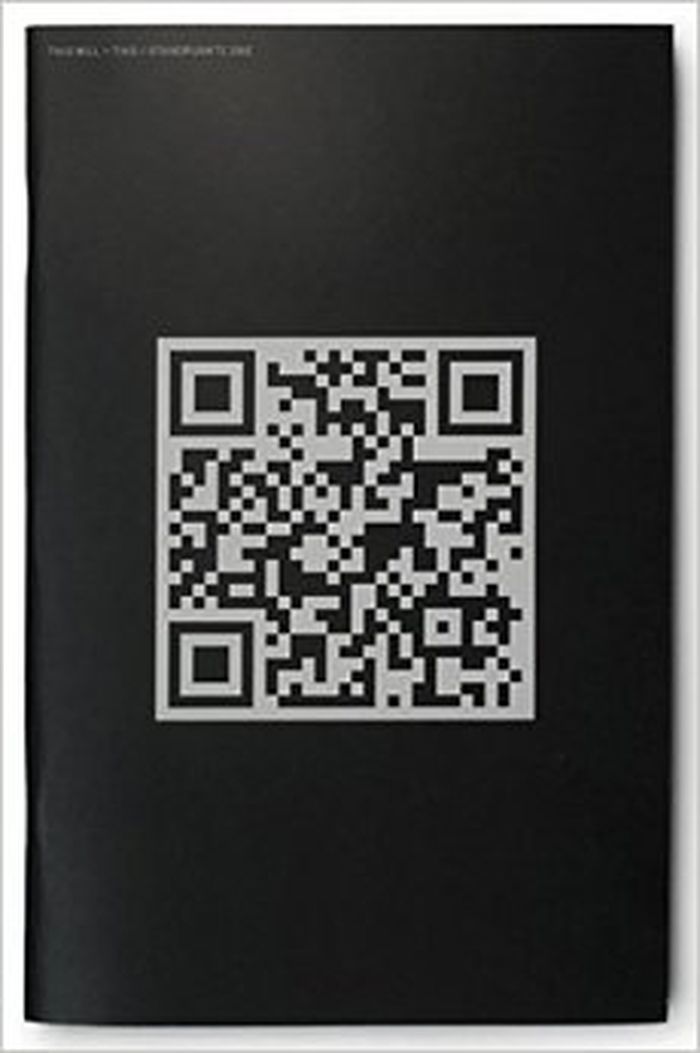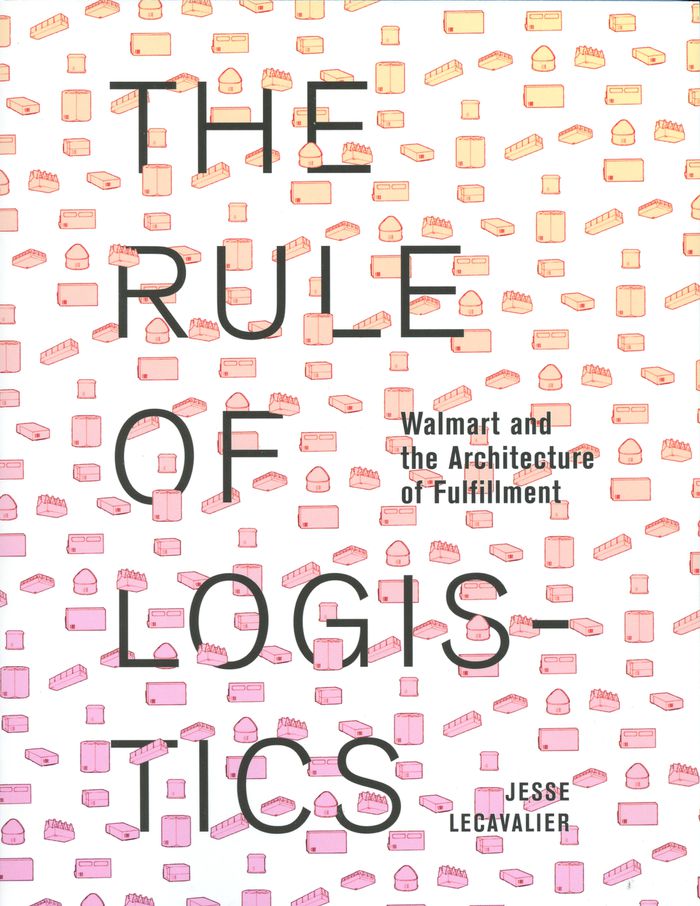This will - this
$20.00
(available in store)
Summary:
The 2D bar code is disturbing and exciting because it is legible at an aesthetic level while remaining illegible at the level of content. What can we make of its linkages between logistics, cryptography, and space?
Archive, library and the digital
January 2009
This will - this
Actions:
Price:
$20.00
(available in store)
Summary:
The 2D bar code is disturbing and exciting because it is legible at an aesthetic level while remaining illegible at the level of content. What can we make of its linkages between logistics, cryptography, and space?
Archive, library and the digital
$45.00
(available to order)
Summary:
Every time you wheel a shopping cart through one of Walmart’s more than 10,000 stores worldwide, or swipe your credit card or purchase something online, you enter a mind-boggling logistical regime. Even if you’ve never shopped at Walmart, its logistics have probably affected your life. ''The Rule of Logistics'' makes sense of its spatial and architectural ramifications by(...)
The rule of logistics: Walmart and the architecture of fulfillment
Actions:
Price:
$45.00
(available to order)
Summary:
Every time you wheel a shopping cart through one of Walmart’s more than 10,000 stores worldwide, or swipe your credit card or purchase something online, you enter a mind-boggling logistical regime. Even if you’ve never shopped at Walmart, its logistics have probably affected your life. ''The Rule of Logistics'' makes sense of its spatial and architectural ramifications by analyzing the stores, distribution centers, databases, and inventory practices of the world’s largest corporation. This book tells the story of Walmart’s buildings in the context of the corporation’s entire operation, itself characterized by an obsession with logistics. Beginning with the company’s founding in 1962, Jesse LeCavalier reveals how logistics—as a branch of knowledge, an area of work, and a collection of processes—takes shape and changes our built environment.
Architectural Theory

